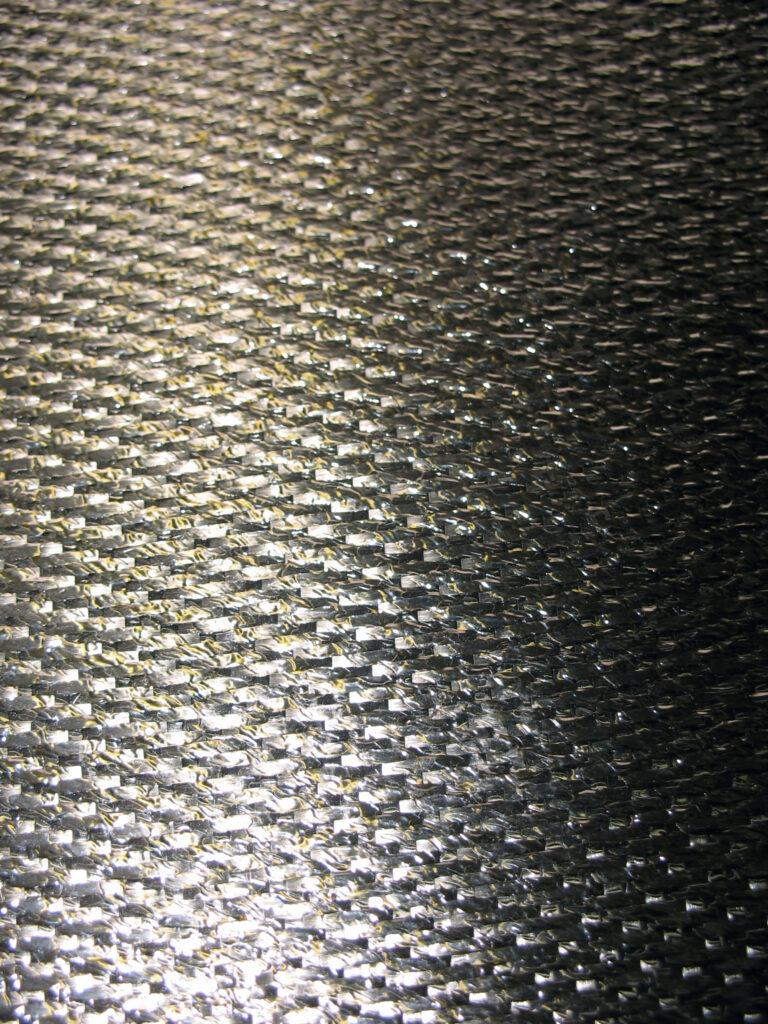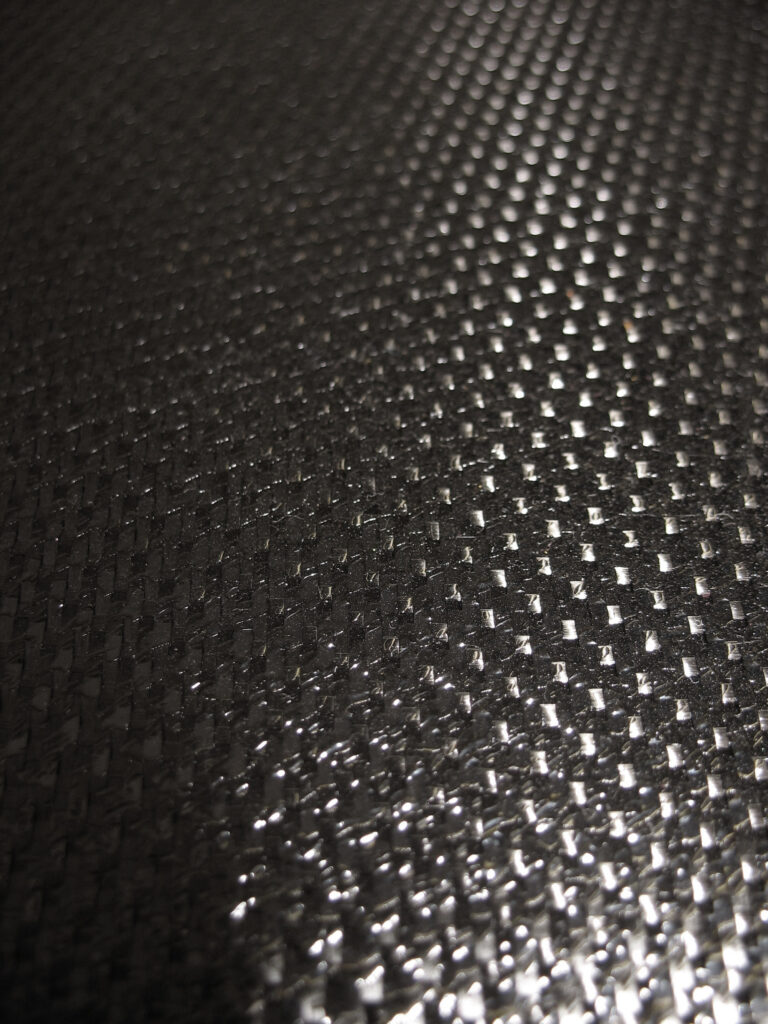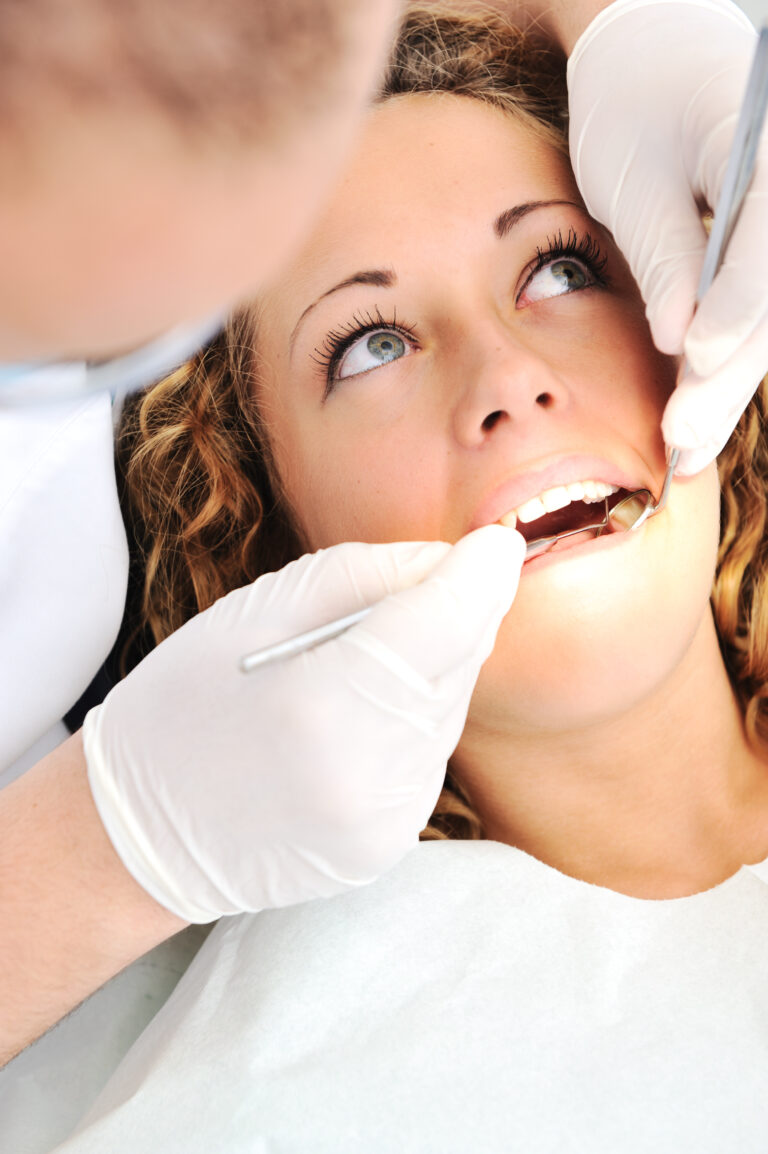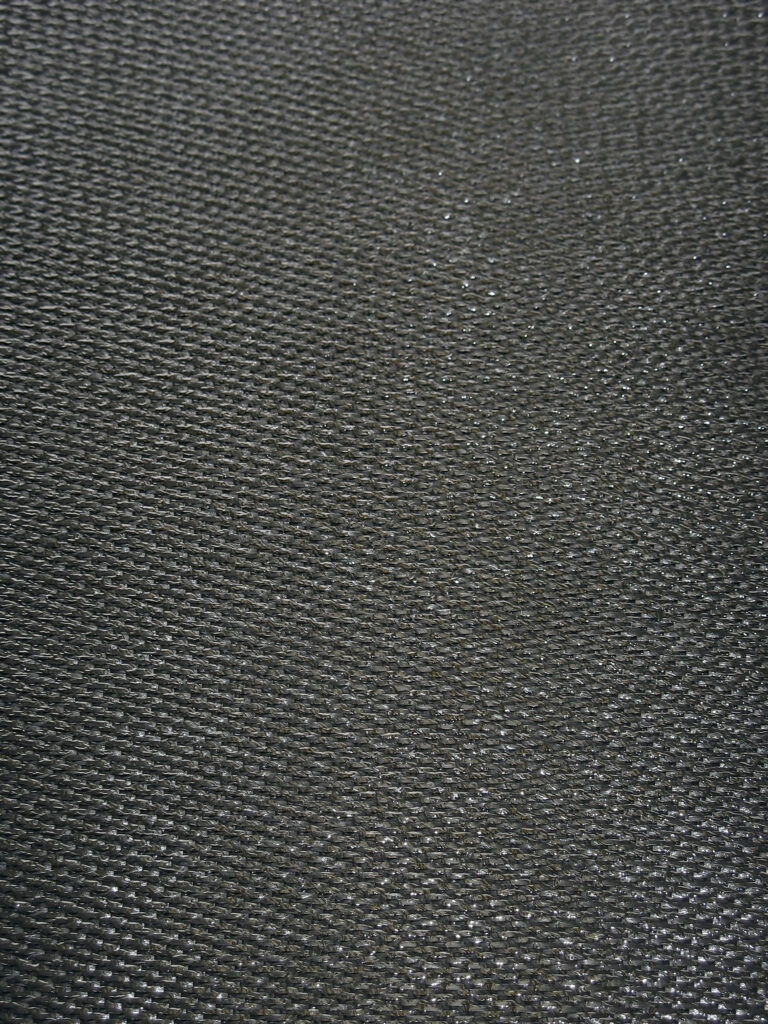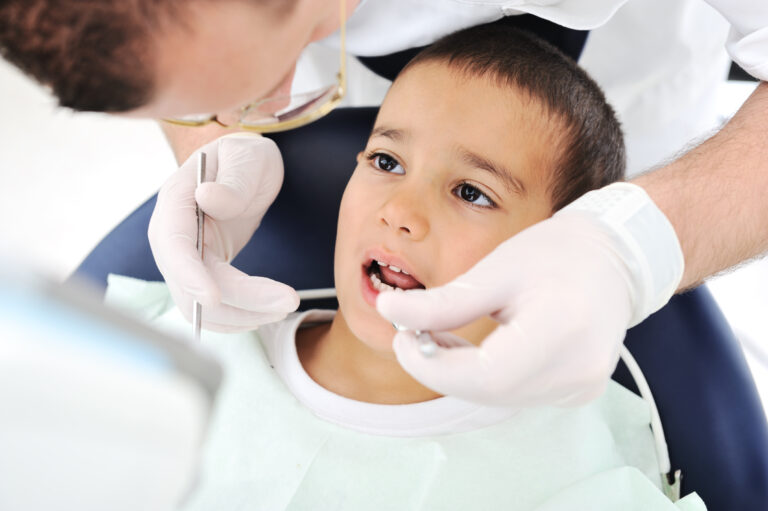How to Protect Your Family from the Harmful Effects of Mold: Simple Steps for Keeping Your Home Safe
Mold is a common problem in many homes, and it can have serious health effects on your family. Exposure to mold can cause respiratory problems, allergies, asthma, and even more severe health issues like fungal infections or chronic inflammation. In this blog post, we will discuss how you can protect your family from the harmful effects of mold by taking simple steps to keep your home safe.
Introduction to Mold and Its Health Effects
Mold is a type of fungus that grows in damp, dark places. It thrives in areas with high humidity or moisture levels, such as bathrooms, kitchens, basements, and attics. When mold spores are inhaled or ingested, they can cause a range of health problems. Some people may experience symptoms like sneezing, runny nose, red eyes, and skin irritations, while others may develop more severe reactions like difficulty breathing, fever, chills, and body aches.
Signs of Mold Exposure and Associated Symptoms
If you suspect that there is mold in your home, look out for signs like musty odors, visible patches of green or black growth, peeling wallpaper or paint, or water damage. If you notice any of these signs, it’s essential to take action immediately to prevent further exposure. Common symptoms of mold exposure include:
Respiratory problems like wheezing, coughing, shortness of breath
Allergies or hay fever-like symptoms
Asthma attacks
Skin rashes or irritations
Headaches or migraines
Preventing Mold Growth in Your Home
The best way to protect your family from the harmful effects of mold is to prevent its growth in the first place. Here are some simple steps you can take:
1. Control Moisture Levels – Make sure your home has proper ventilation and airflow to reduce humidity levels. Use dehumidifiers if necessary, especially in damp areas like bathrooms and laundry rooms. Fix leaks promptly, and clean up any standing water or condensation right away.
2. Clean Regularly – Wipe down surfaces regularly with a disinfectant cleaner to remove mold spores. Pay special attention to areas where mold tends to grow, like showers, sinks, and windowsills.
3. Inspect Your Home – Check for signs of mold every few months, especially after major weather events like floods or heavy rainfall. Look for signs of water damage, peeling paint, or musty smells.
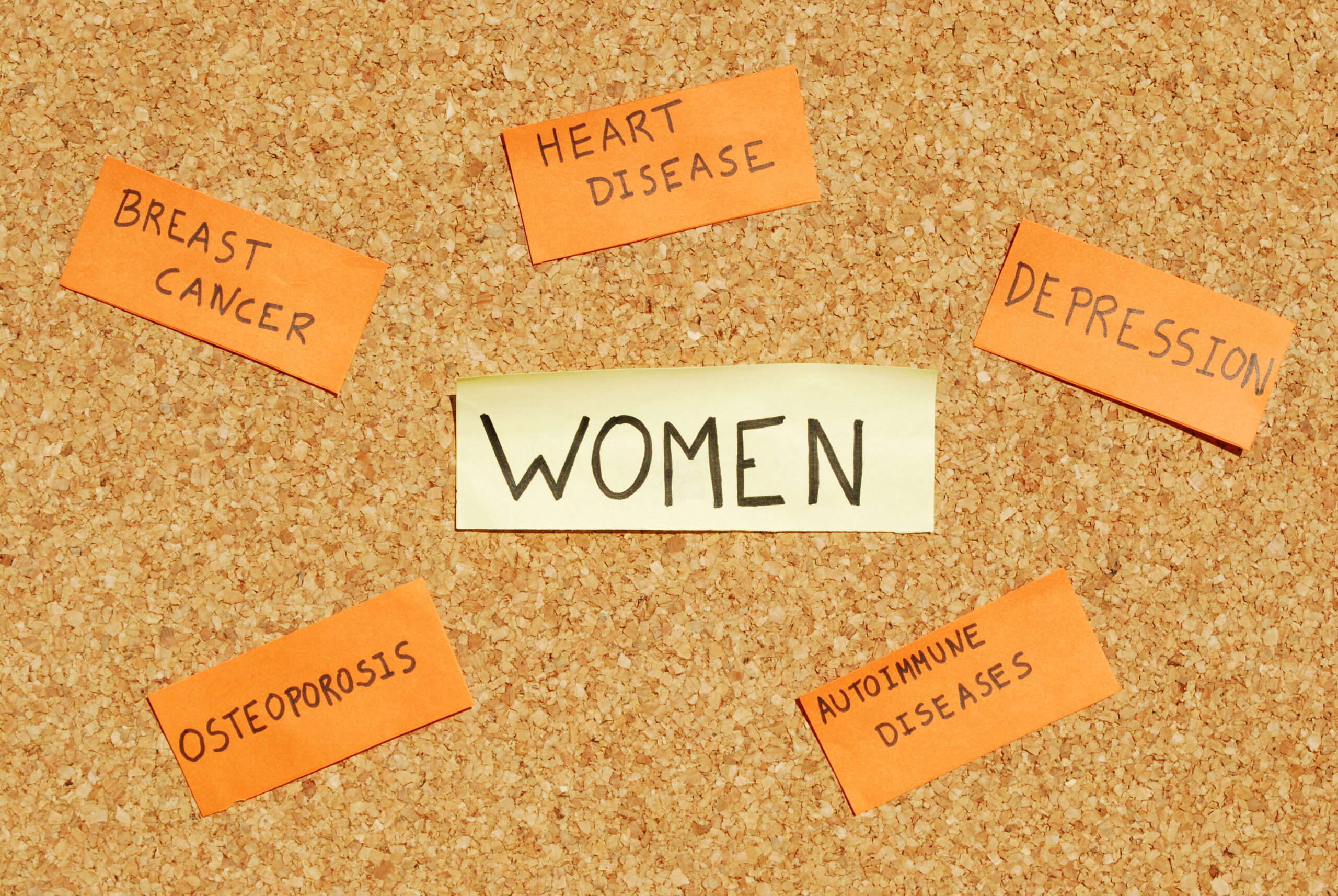
Removing Mold from Your Home Safely
If you do find mold in your home, don’t panic. You can safely remove it using the following steps:
1. Identify the Type of Mold – Not all types of mold are dangerous, but some can be toxic. Consult with a professional if you’re unsure about the type of mold you’ve found.
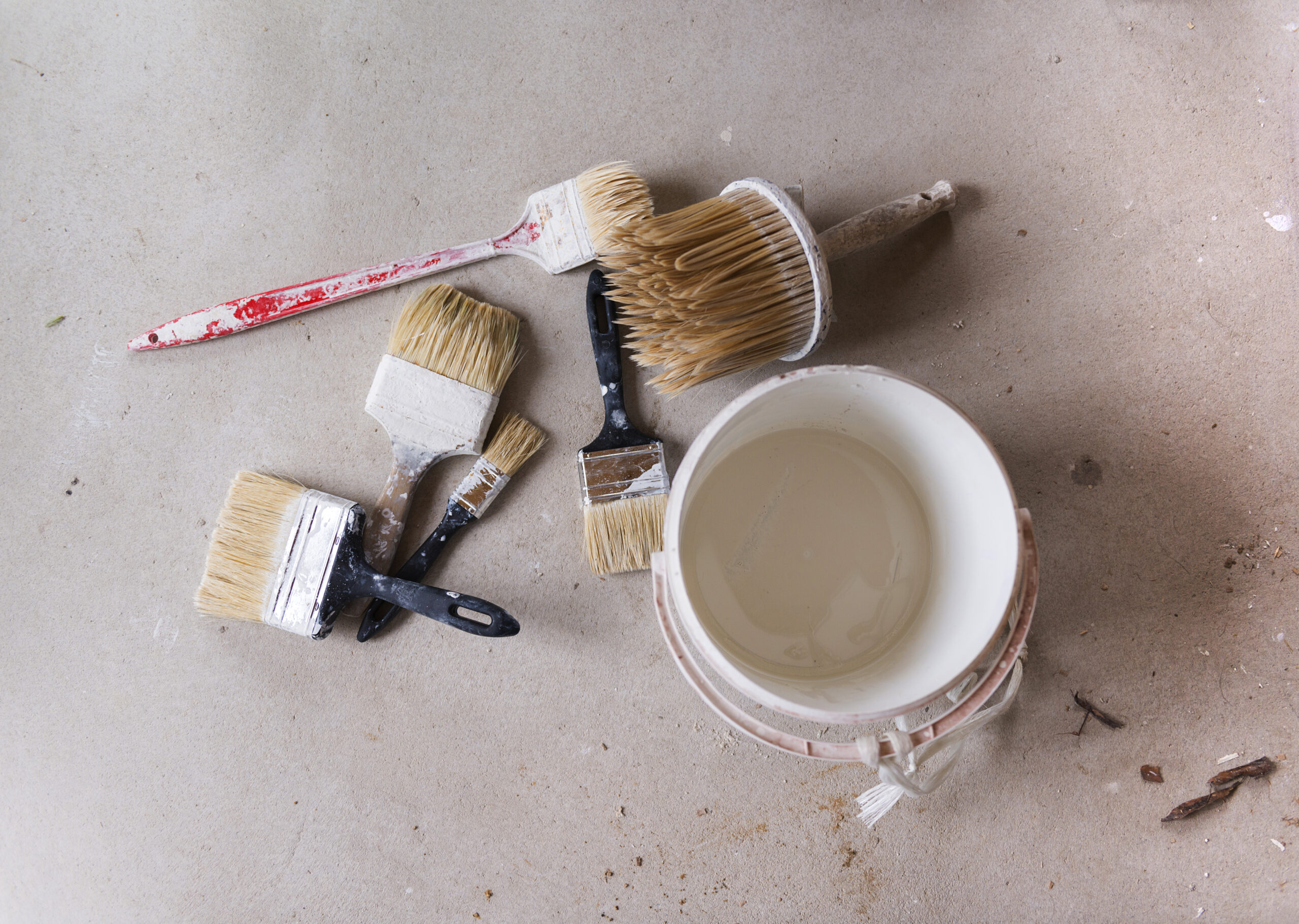
2. Contain the Area – Create a barrier between the mold and the rest of your home. This could involve sealing off the affected area with plastic sheeting or removing items that might be contaminated.
3. Remove the Mold – Use a mixture of bleach and water to clean the affected surface thoroughly. Be sure to wear gloves, goggles, and a mask to protect yourself from exposure.
4. Dry Out the Area – After you’ve removed the mold, make sure the area is completely dry before replacing any furniture or belongings. Use fans or dehumidifiers to speed up the process.
Conclusion
Protecting your family from the harmful effects of mold requires vigilance and proactive measures. By following these simple steps, you can create a safer environment for everyone in your household. Remember, prevention is key when it comes to mold, so stay alert for signs of growth and address them quickly before they become a bigger issue.

